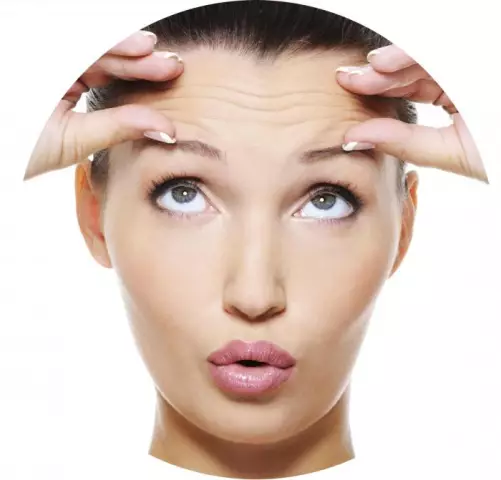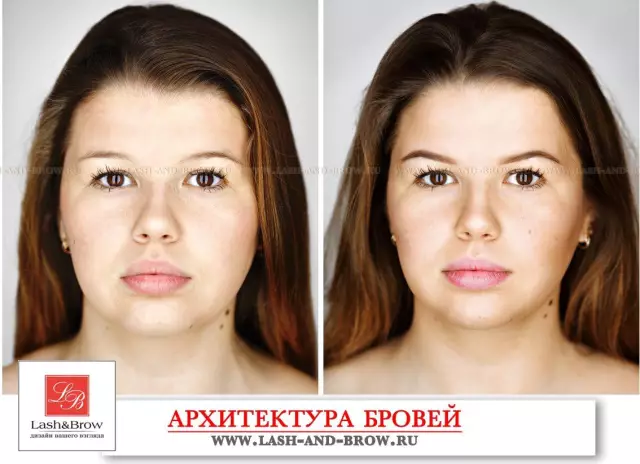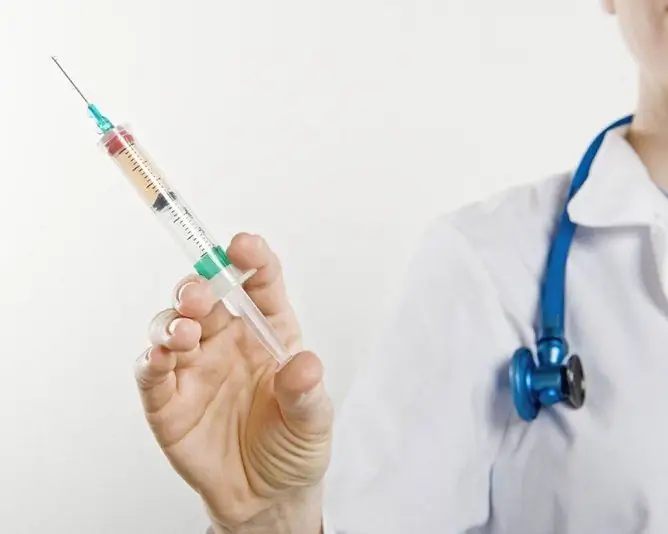- Author Rachel Wainwright [email protected].
- Public 2023-12-15 07:39.
- Last modified 2025-11-02 20:14.
Dysport

Dysport refers to drugs that inhibit the release of acetylcholine, being a means that affects neuromuscular transmission in the human body. It is used both for medicinal purposes (to eliminate muscle tone disorders) and for cosmetic purposes as a remedy that successfully fights against mimic wrinkles in the forehead, corners of the eyes, and nasolabial triangle.
The release form of the drug is a lyophilisate for preparing a solution for intramuscular or subcutaneous injections. Contains a complex of botulinum toxin type A-hemagglutinin in the amount of 300 and 500 units (company activity units).
The cosmetic effect of the use of preparations based on botulinum toxin, expressed in the visible smoothing of facial wrinkles, was noted in 1982. Until then, botulinum toxin was used exclusively for the treatment of neurological diseases.
To date, the drug Dysport is registered in the Russian Federation as a drug used in neurological and cosmetological practice.
pharmachologic effect
Dysport is a muscle relaxant. The active ingredient of the drug is Clostridium botulinum toxin type A. It relieves muscle spasm in the neuromuscular ending in the area of administration of the drug, blocking the release of acetylcholine. As a result, the activity of the muscles decreases, which helps to eliminate various diseases and cosmetic problems.
The botulism toxin contained in Dysport limits the conductivity of the facial muscles, relaxing them, thereby preventing the formation of new wrinkles and the aggravation of old ones.
In this case, the restoration of impulse transmission does not occur immediately, as new nerve endings appear. Since the concentration of botulism toxin in the preparation is low, in order to maintain the effect, it is necessary to repeat Dysport injections with the frequency recommended by a specialist (on average, the interval between procedures is 6 months).
The required effect of Dysport injections appears 2-3 days after the use of the drug, reaching its maximum on day 14.
Indications for Dysport injections
Indications for the use of Dysport are diseases such as:
- Hemifacial spasm;
- Blepharospasm;
- Dynamic deformation of the foot;
- Muscle spasticity after a stroke;
- Spasmodic torticollis;
- Excessive sweating (hyperhidrosis) of the feet, palms, armpits and other parts of the body.
For cosmetic purposes, Dysport is used if:
- Facial wrinkles in the corners of the eyes ("crow's feet");
- Mimic wrinkles in the area between the eyebrows;
- Expression wrinkles on the back of the nose;
- Horizontal facial wrinkles on the forehead;
- Deep wrinkles in the face and neck.
Also, the drug is used as a prophylactic agent for senile skin atrophy.
Dysport injection procedure
According to reviews to Dysport, the procedure for administering the drug is practically painless. Having made a decision on the advisability of using Dysport, having familiarized himself with the contraindications, the patient takes a seat in the chair of a doctor or cosmetologist. The specialist treats the required area with a 0.5% chlorhexidine solution, draws the drug administration line with a marker and performs local anesthesia.
The main area of drug administration for cosmetic correction is the upper half of the face. Correction with Dysport of the neck and lower half of the face is carried out much less frequently.
The contents of the vial (lyophilisate) in 300 units are diluted with 0.9% sodium chloride solution in the amount of 1.5 ml, in 500 units - with 0.9% sodium chloride solution in the amount of 2.5 ml. The recommended total dose of a single injection of Dysport in the forehead, glabellar region, the outer corner of the eye and the nasal bridge should not exceed 200 U of the drug.
If Dysport is used for cosmetic purposes, the drug is injected subcutaneously with a short and thin needle, after which ice is placed on the treated area for 10-15 minutes. In general, the procedure is carried out quite quickly - only 5-7 minutes.
After the injection of Dysport, it is not allowed to massage and rub the treated areas of the face, take antibiotics, or play sports. For 7-10 days after the procedure, it is not recommended to visit the bathhouse, sauna, as well as abuse alcoholic beverages.
Immediately after the session, the specialist advises to be in an upright position for 3-4 hours, during the day to actively strain the facial muscles in the areas treated with the drug.
Dysport and consequences
Like any other medicine, Dysport has side effects. These include microhematomas in the areas of injection, increased swelling, eye tics, headache, nausea, itching in problem areas, respiratory infection, temporary eyelid reduction. Each of the above consequences of Dysport is reversible.

Due to the peculiarities of the drug, the introduction of which into the middle-lower part of the face is associated with certain risks, a side effect of the procedure (especially if it was performed by an unqualified specialist) may be deformation or asymmetry of the face. In order to eliminate this effect of Dysport, it is not recommended to resort to corrective correction; it is more advisable to carry out a light massage of the problem area against the background of myostimulation and intake of B vitamins.
In the responses to Dysport, there is information about people who are not susceptible to botulinum toxins, as well as those who develop resistance to Dysport after the first procedure. In this case, the effect of subsequent sessions of drug administration will be zero.
Contraindications to Dysport
Before using Dysport, the specialist must inform the patient about the relative and absolute contraindications to the drug.
Relative contraindications to Dysport are:
- General diseases (exacerbation);
- Infectious diseases;
- Conditions after alcohol abuse;
- A tendency to increased facial swelling;
- A time period of less than 3 months after surgery on facial tissues;
- Taking antiplatelet and anticoagulant drugs;
- Taking antibiotics (if not more than 14 days have passed after the course of treatment);
- Taking muscle relaxants and benzodiazepines;
- Severe ptosis of facial tissues, "hernia" in the lower and upper eyelids.
There are also absolute contraindications to the use of the drug, in which Dysport injections are not allowed categorically. These include:
- Myasthenia-like syndromes, myasthenia gravis;
- Pregnancy, lactation period;
- Blood diseases (leukemia, hemophilia);
- Chronic respiratory diseases;
- Neuromuscular diseases;
- High degree of myopia;
- Children up to age 12.
Found a mistake in the text? Select it and press Ctrl + Enter.






